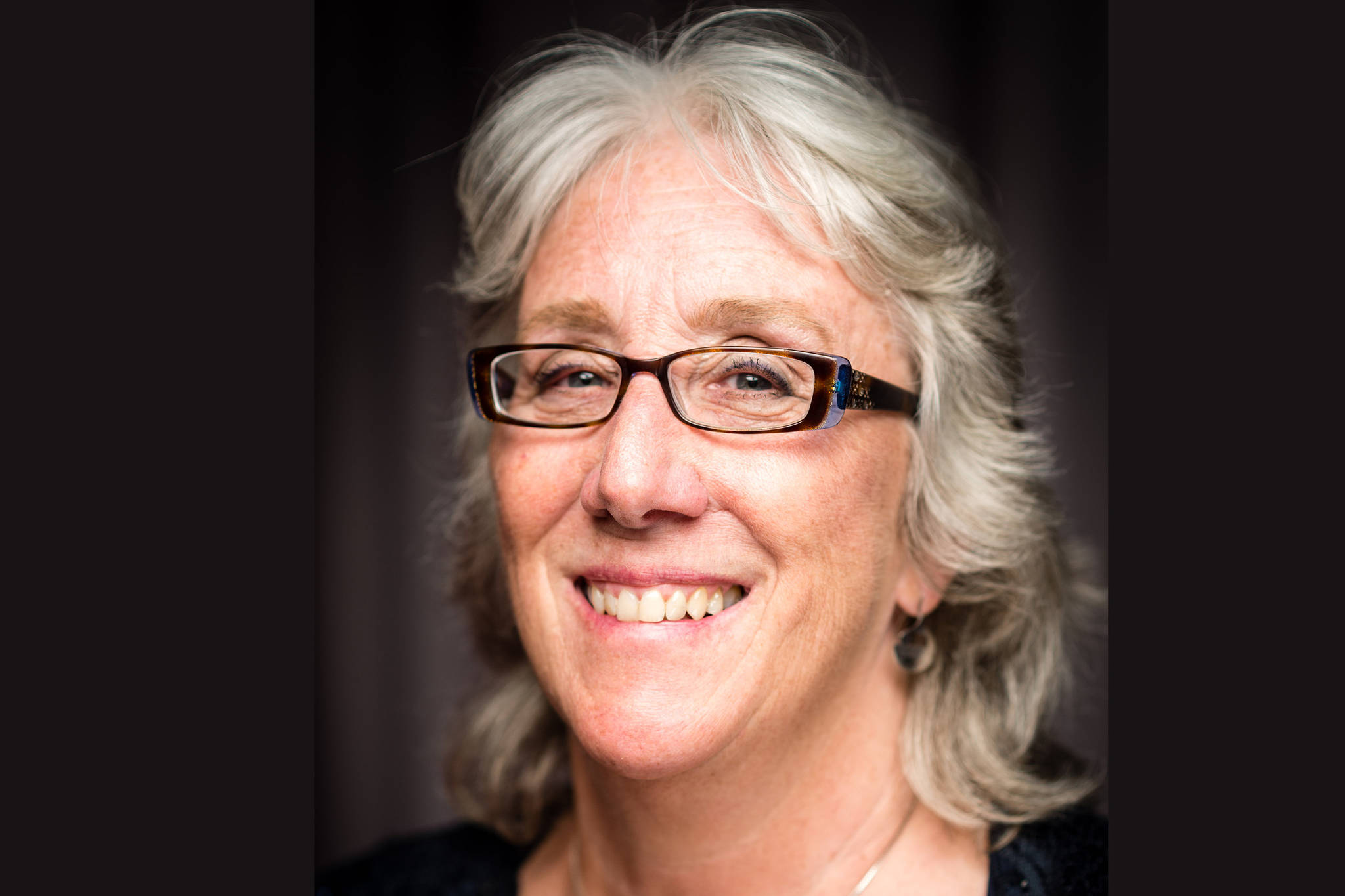By Kate Troll
It wasn’t until I served on the Board of Directors for the statewide Renewable Energy Alaska Project, that I came to understand that the residents of Juneau effectively have no public standing in what kind of energy future they want.
Unlike the rest of Alaska’s municipalities, Juneau’s power is privately owned and operated. There are no public seats on AEL&P’s Board of Directors like there are with the Railbelt Cooperatives. Furthermore, Alaska does not have the same level of public oversight that regulatory commissions in Washington and Oregon have. In these states, Avista, the NYSE publicly traded owner of AEL&P, is required to submit their integrated resource plans for the service area. An IRP is a regulatory approved, community energy roadmap using both supply and demand side resources to ensure reliable, sustained service to customers. Here the role of the Regulatory Commission of Alaska is limited to rate structure reviews and there is no requirement for IRPs; an industry standard everywhere else but Alaska. This situation puts the community of Juneau into the rather unique position of not having any established public access point for planning one’s community energy future.
The City and Borough Assembly has in response to public input approved the goal of having 80% of Juneau’s 2045 energy use coming from renewable energy sources. The only way to approach this goal is to significantly increase hydropower supply. But AEL&P, the ones in control of supply, have not adopted anything like this goal, nor have they endorsed the Juneau Climate Action Plan or the Juneau Renewable Energy Strategy. In fact, the topic of supply and energy planning is generally avoided by AEL&P as evidenced by a 2019 bi-annual report to the RCA which indicated AEL&P has no plans for new power generation for the next 10 years. This puts a community interested in electrifying everything — home heating, transport, the mines and the docks — in a bind.
Already there is plenty of demand for more electrical energy. The Kensington mine would like access to hydropower and Green’s Creek wants to become a firm (as opposed to interruptible) customer of AEL&P. More cruise ships want to plug into shore power and the community supports dock electrification for decreasing air pollution. Judging by the growth in electric vehicles, Juneau is embracing and will continue to embrace electrification of the transport sector. Similarly, there’s been a steady rise in installing air source heat pumps in Juneau homes. For example, in 2020 about 115 heat pumps were permitted by CBJ.
The case for creating more hydropower could not be stronger. Yet, AEL&P has been sitting on a Federal Energy Regulatory Commission-approved project for more than four years. That’s how long Juneau Hydro has been negotiating a transmission agreement to connect up Sweetheart Lake. I’m told most transmission agreements take about a year. If this was a city department taking such a long time, there certainly would be questions and timelines set. If Sweetheart Lake was in a state with regulatory oversight of IRPs, concerns over the mismatch between demand and supply would’ve been raised and resolved within a year. Meanwhile, here in Juneau, the public is not in a position to even raise a question about supply planning.
The only recourse is for the City and Borough Assembly to weigh in on the matter of the community’s energy future; to start a conversation on supply that includes Sweetheart Lake, a FERC approved, construction-ready project. The conversation may not be easy but neither was the conversation on the cruise ship industry. Juneau took on that thorny topic because of the economic importance of the visitor industry. Knowing that energy permeates through our industries, our businesses; addressing Juneau’s energy future is no less important to Juneau’s economic prosperity.
In fact, Juneau’s economy has been the beneficiary of low-cost hydroelectricity supplied by the Snettisham Hydropower facilities since 1973. Our airport, our health facilities, our schools, our small businesses all have been the beneficiaries of AEL&P’s decades of reliable, affordable renewable energy. Let this be the backdrop for a community conversation on accessing more hydropower.
With an ambitious federal energy program on the horizon, now would be an advantageous time to start this much needed conversation.
• Former Assembly member Kate Troll served on the Board of Directors for the Renewable Energy Alaska Project for six years. Ever since serving as the executive director of Alaska Conservation Alliance and Voters in 2006, she’s been engaged in Alaska’s climate and energy issues. She offers a uniquely Alaskan vision for addressing climate change in her book, “The Great UnConformity: Reflections on Hope in an Imperiled World.” Columns, My Turns and Letters to the Editor represent the view of the author, not the view of the Juneau Empire. Have something to say? Here’s how to submit a My Turn or letter.

